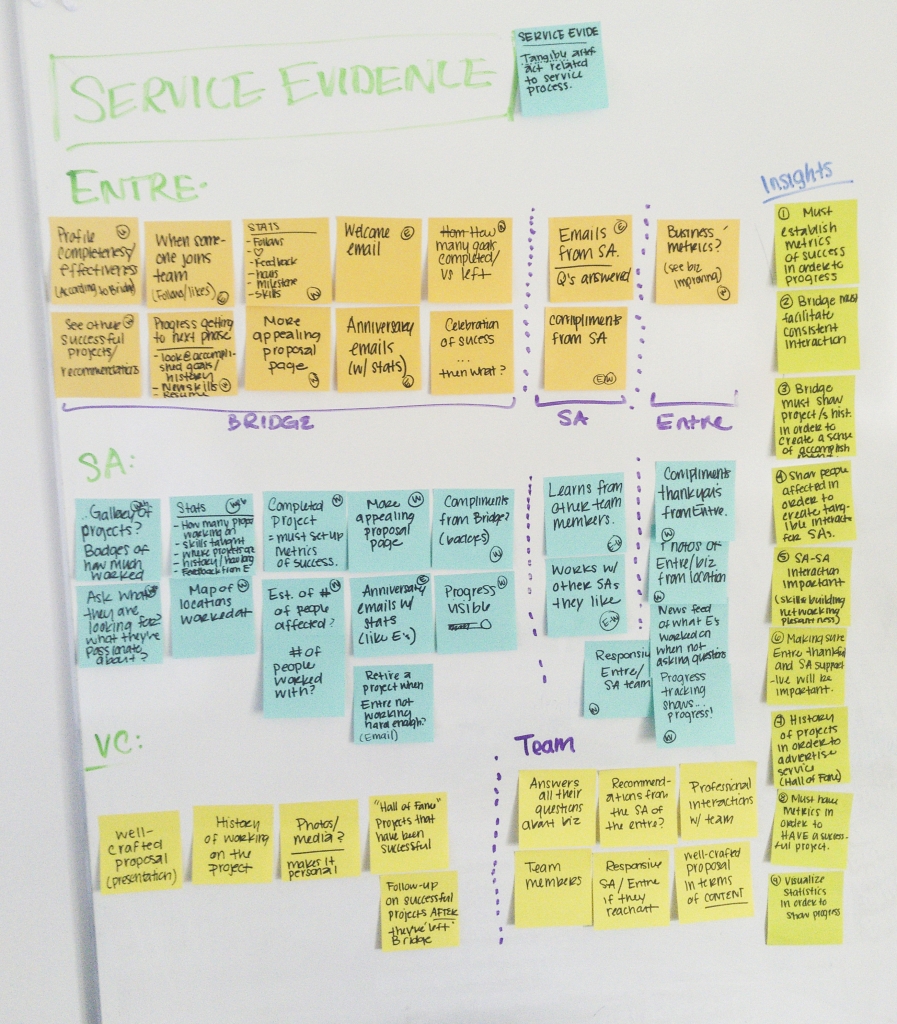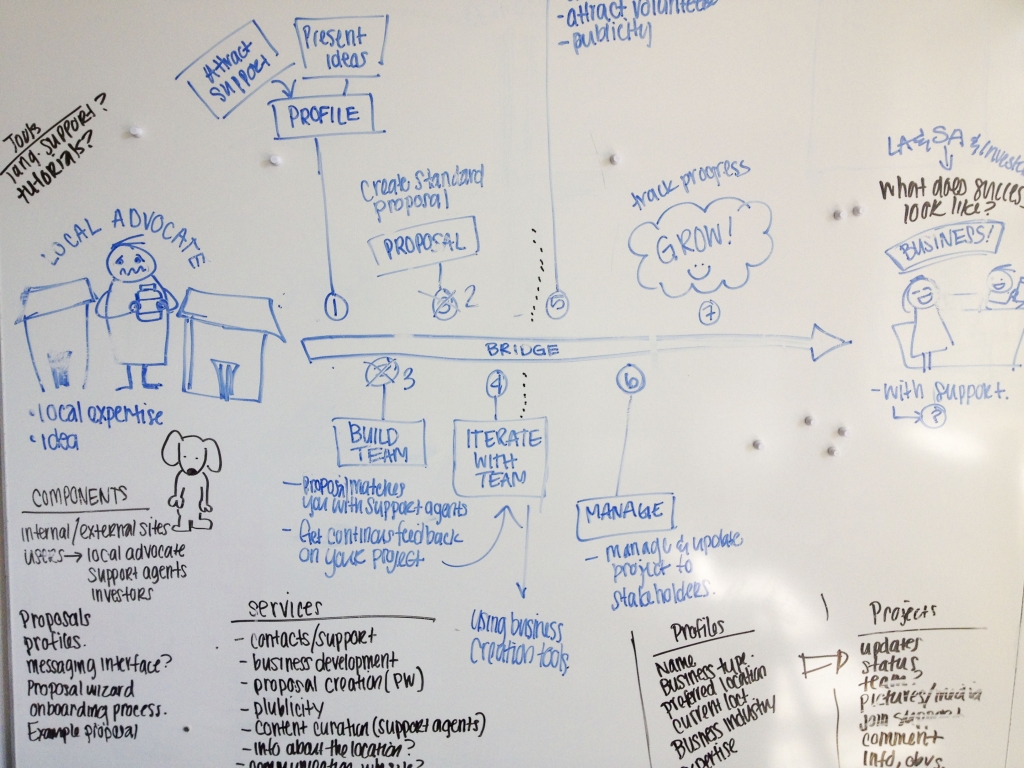Saffer | Microinteractions
Literature review // Saffer, Dan. Microinteractions. Beijing: O’Reilly, 2013.
What is the author’s main argument?
Saffer describes microinteractions and explains what they can do for interactions (and how to implement them). He does this groups such as: triggers, rules, feedback, and loops & modes. His argument seems to be that implementing thoughtful micro interactions will create a better macro experience for users. He’s asking designers to be aware and implement them in their own work. Often I found that it pushed the design from the “least amount of work necessary” to the surprising and delightful.
One “Little big details” I found was that the Vimeo 404 page title changes from Vimeo to….
These are the examples he’s more concerned with in his book (or at least that he takes more delight in). He explores how these small details of user experience enhance the overall product. And, perhaps, by thinking about these micro experiences we can create better big experiences because they tie into the system as a whole. They require careful planning on when and where they occur and to do this we must look at the larger system.
The most interesting section I found was the section on feedback, which is something I think is unique to interaction design compared to other mediums like writing. Now that I’m considering it though, I guess tangible artifacts like…even scissors or something give you feedback when you interact with it. When you pick it up you you know it’s weight. when you open and close it you sense how smooth the movement is…food for thought.
How is this relevant?
It was important to get a list of additional types of interactions from Saffer. His section on feedback (page 90) was especially interesting to me as a list of when they should occur and why. He talks about how these stylistic details create and identity of the company/interface creator which I also thought was interesting.
Sidenote: Our entire class has been thoroughly entertained by Saffer’s deep disappointment in our educations, expressed over Twitter.



